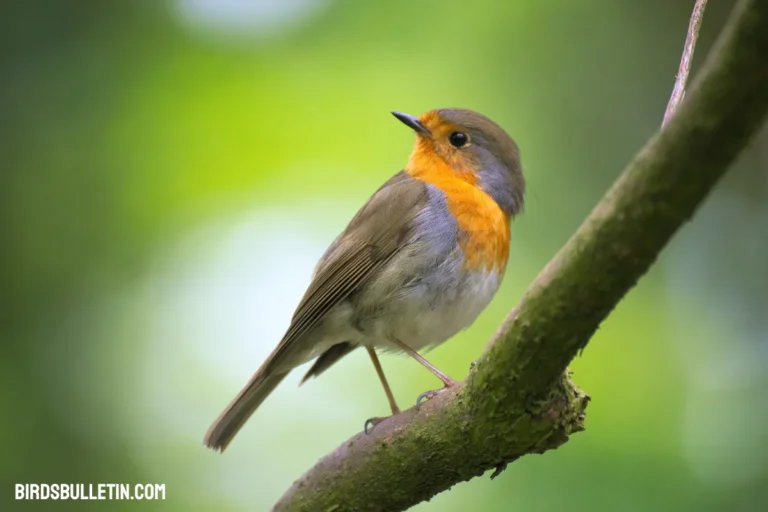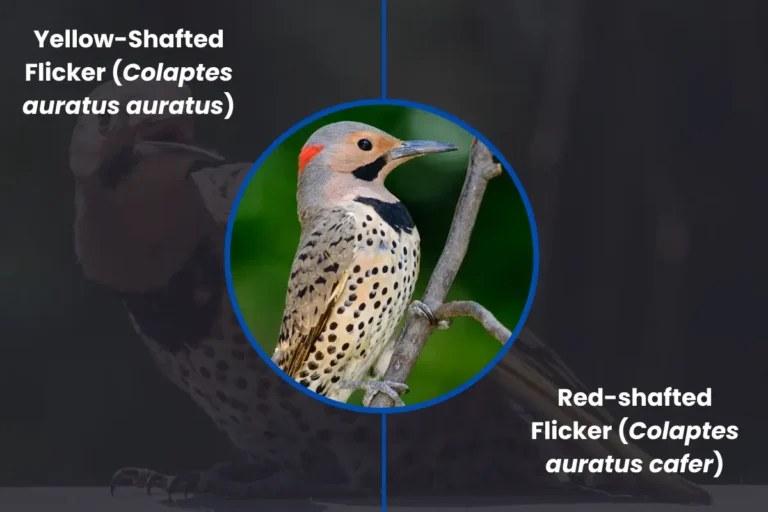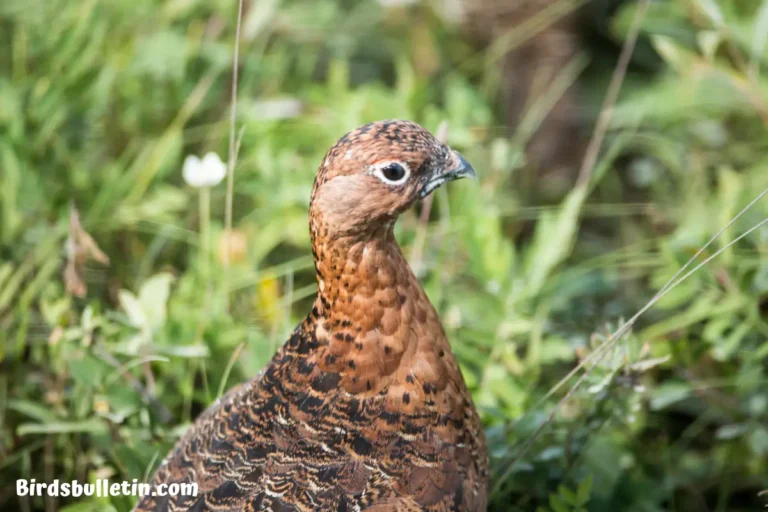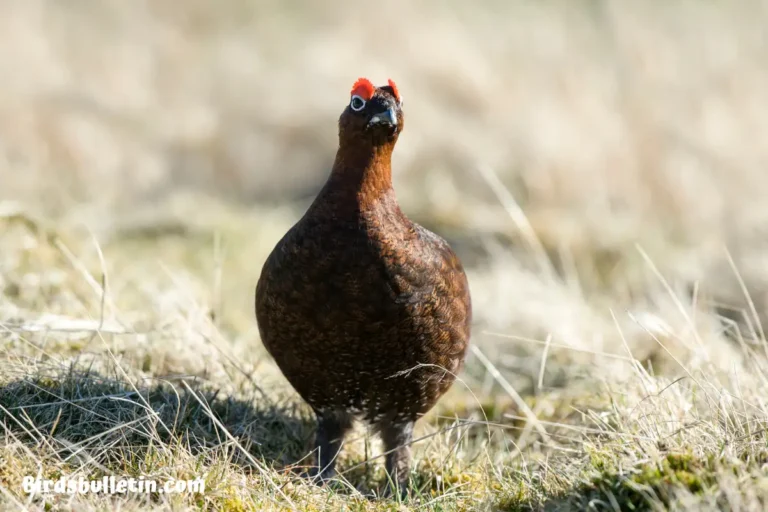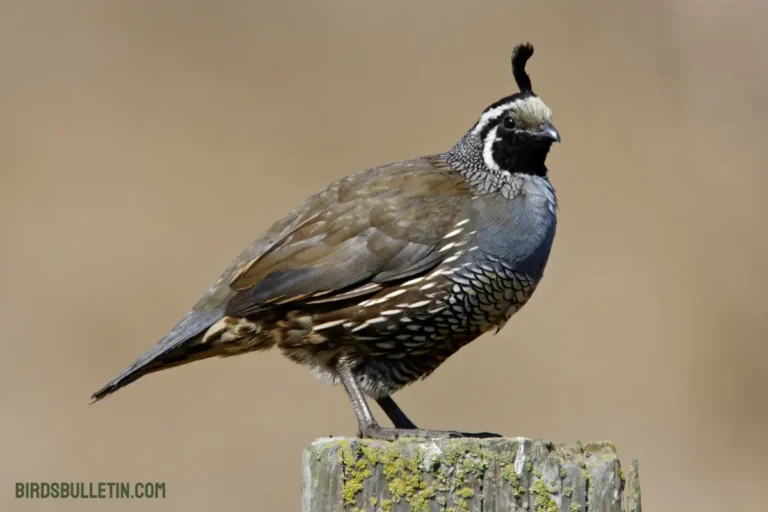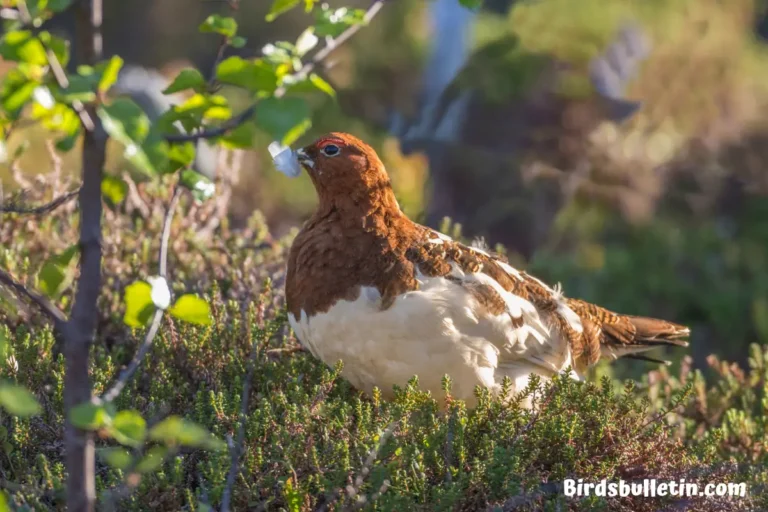Turdus Migratorius Achrusterus (Southern Robin)
The southern robin (Turdus migratorius achrusterus) stands as a distinctive subspecies of the American Robin, inhabiting specific regions in the southeastern United States.
Its breeding grounds extend from southern Oklahoma east to Maryland and western Virginia and south to northern Florida and the Gulf Coast states.
During winter, these robins navigate through much of their breeding range, adapting to various habitats and weather conditions. Let’s take a closer look at this southern songbird.
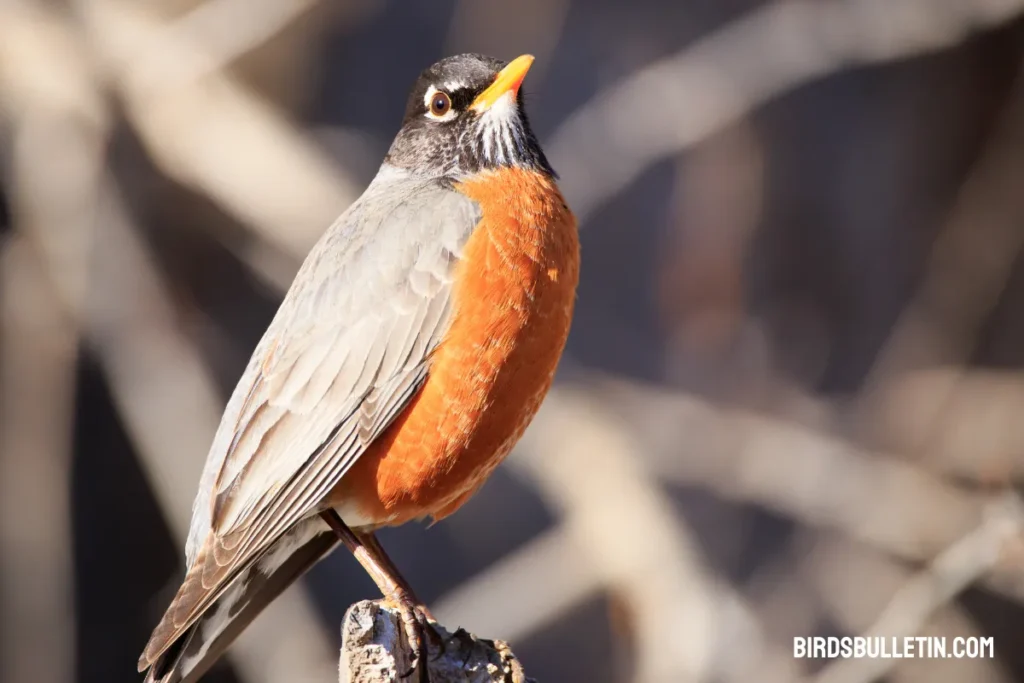
Looking for more overview about bird subspecies:
Scientific Classification
- Kingdom: Animalia
- Phylum: Chordata
- Class: Aves
- Order: Passeriformes
- Family: Turdidae
- Genus: Turdus
- Species: T. migratorius
- Subspecies: T. m. achrusterus (Southern Robin)
Identification
The southern robin is smaller than the eastern subspecies, making it distinctive in size. Its forehead and crown feathers are black, with pale gray tips, creating a unique pattern. Its underparts are paler than those of the eastern subspecies, further differentiating it.
The eyes are surrounded by white feathers. The bill and legs are brownish-orange. Males and females appear similar.
Location
The southern robin’s breeding range spans from southern Oklahoma to Maryland and western Virginia, extending southward to northern Florida and the Gulf Coast states. During winter, they navigate through much of their breeding range, adapting to various habitats in the southeastern United States.
Interesting Facts
- The southern robin population is estimated at 26 million.
- Its paler plumage helps keep it cool in southern climates.
- Southern robins usually produce two broods per breeding season.
- The male’s breeding season song is a complex fluty melody.
- Its diet includes beetles, caterpillars, worms, fruits, and berries.
Status
With a large and growing population, the southern robin is considered a species of Least Concern by the IUCN. Habitat loss and pesticides pose threats. Backyard birders can help by providing native plants and nesting sites.
Conservation of Natural Habitat
Preserving the natural habitats of southern robins is vital for their survival. Protecting woodlands, wetlands, and open spaces in their breeding and wintering areas is essential. Conservation initiatives focusing on sustainable urban planning, afforestation, and habitat restoration can provide the necessary environments for these birds to thrive.
Frequently Asked Questions
1. How do southern robins adapt to urban environments?
Southern robins exhibit adaptability by foraging in gardens, parks, and urban green spaces, finding insects and fruits amidst human settlements, demonstrating their ability to coexist with urban development.
2. Do southern robins have specific nesting preferences?
Southern robins build their nests in trees, shrubs, and other sheltered locations, often in the vicinity of human settlements. They use mud, grass, and twigs to construct their nests, showcasing their resourcefulness in utilizing available materials for nesting purposes.
3. What is the difference between northern and southern robins?
Southern robins are smaller with paler underparts and pale-tipped crown feathers compared to northern robins. They are non-migratory across most of their range.
4. Where does the southern robin breed and winter?
It breeds across the southern U.S. from Oklahoma to Florida. Most birds stay within this range year-round, not migrating far.
Summary
The southern robin, with its unique size, plumage patterns, and adaptability, enriches the avian diversity of the southeastern United States. Its ability to thrive in various habitats, from urban settings to dense woodlands, showcases its resilience.
While their population remains stable, continued conservation efforts are essential to safeguard their habitats and confirm their presence in the diverse ecosystems they inhabit.


